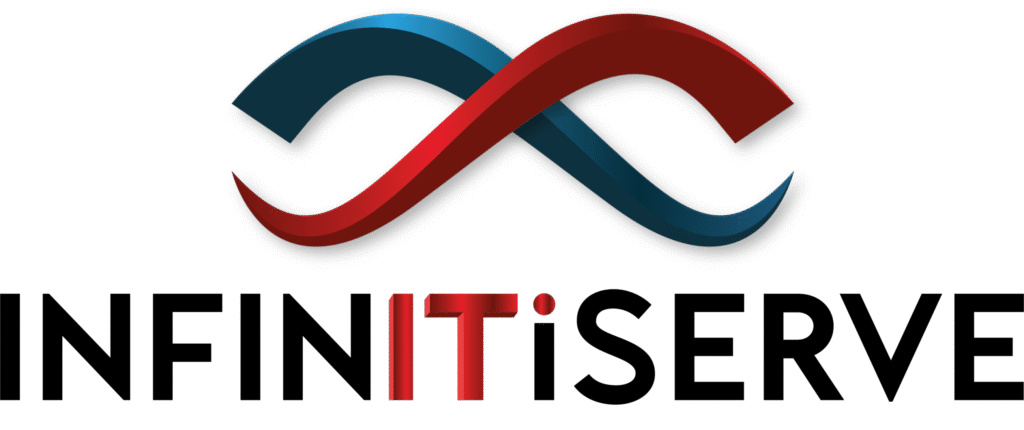Why Animation is Taking Over Visual Marketing
In 2025, digital marketing has one golden rule: visuals rule attention. But not all visuals perform equally. While still images may stop a scroll for a second, moving graphics and animations capture deeper attention, drive higher engagement, and build stronger brand recall.
The truth? Animation beats still images in nearly every measurable way. From social media ads to website UX, brands that invest in animated content outperform those relying only on static creatives.
The Evolution of Visual Marketing: From Static to Motion
In the early 2010s, a striking photo or banner ad could dominate feeds. But as content consumption skyrocketed, audience behavior changed. Attention spans shrank, algorithms evolved, and competition grew fierce.
Then: Static images ruled Instagram feeds and Facebook ads.
Now (2025): Platforms like TikTok, Instagram Reels, and YouTube Shorts prioritize motion-based content.
This evolution means the future of visual marketing is centered around moving graphics, storytelling animations, and interactive design—not flat images.
Why Still Images Are No Longer Enough
Static images still have a role in digital branding, but they fall short in today’s marketing climate. Here’s why:
- Short attention spans – Users scroll past still images in under 2 seconds.
- Weak storytelling power – One frame rarely conveys a full narrative.
- Algorithm disadvantages – Social platforms reward motion over stillness.
- Low recall – People forget static ads faster than dynamic, animated content.
Still images can support your content plan, but they cannot be the centerpiece of visual marketing in 2025.
Why Moving Graphics Win Every Time
Here’s why moving graphics dominate over static creatives:
Instant Attention Grabbers – Motion naturally draws the eye faster than static visuals.
Higher Engagement Rates – Animated posts earn more likes, shares, and comments.
Powerful Storytelling – Motion lets you explain complex ideas in seconds.
Better Ad Performance – Animated ads consistently outperform still-image ads.
Algorithm-Friendly – Platforms rank animations and videos higher in feeds.
Stronger Brand Recall – Users remember brands better with animated visuals.
In simple terms: if still images are the hook, animations are the magnet.
Real-World Examples of Animation in Marketing
Brands across industries are already leveraging animation in 2025 for higher ROI:
- Explainer Videos – SaaS companies simplify products with animated tutorials.
- Social Media Reels & GIFs – Quick, engaging, and perfect for sharing.
- Motion Logos – Dynamic branding that sticks in the consumer’s memory.
- Animated Ads – E-commerce brands use product animations to drive sales.
- UI/UX Motion Design – Apps and websites integrate animations to improve user experience.
Each example shows why animation beats still images across multiple touchpoints.
Future of Visual Marketing: Trends to Watch
As AI, AR, and immersive tech grow, the future of visual marketing will evolve even further. Expect to see:
- AI-generated animation – Faster, smarter, cost-effective content creation.
- 3D & immersive design – AR/VR bringing brands into virtual spaces.
- Interactive graphics – Ads that respond to clicks, voice, or gestures.
- Personalized motion content – AI-powered customization for every user.
The future of animation in 2025 and beyond is about merging creativity with technology to create unforgettable brand experiences.
Final Thoughts: Should You Invest in Animation Over Still Images?
The verdict is clear: Moving graphics are not just better—they are essential. While static visuals still play a supporting role, brands that focus on animation in 2025 gain:
Higher engagement
Stronger brand recall
Better ROI on ads
A competitive edge
If your goal is to stand out in overcrowded feeds, animation isn’t optional—it’s the future of visual marketing.
FAQs About Animation vs Still Images
Q1: Are still images completely outdated in 2025?
No. Still images are useful for quick posts, but they can’t match the engagement of moving graphics.
Q2: Why do animations perform better on social media?
Because platforms like Instagram and TikTok prioritize engaging, watchable content. Motion grabs attention and encourages longer interactions.
Q3: Are animations expensive to create?
Not anymore. AI-powered animation tools make content creation faster, easier, and affordable.
Q4: Do moving graphics work better for ads?
Yes. Animated ads consistently see higher click-through rates and conversions than static creatives.
Q5: What’s the future of animation in marketing beyond 2025?
Expect AI-powered animation, AR/VR experiences, and personalized moving graphics to dominate brand storytelling.

